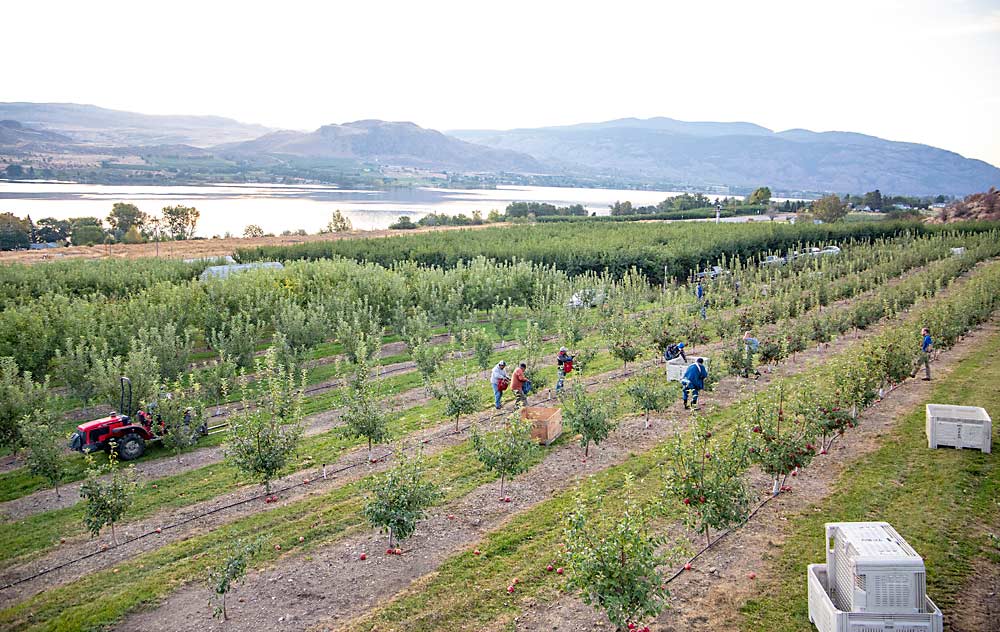
There’s plenty of elbow room for Richard and Jill Werner and their crews harvesting SugarBee apples in their orchard north of Oroville, Washington, near the U.S.-Canada border. No ducking under trellis wires or squeezing between leaders.
Even when the fourth-leaf trees grow bigger, workers will still walk all the way around them to harvest.
That’s because the Werners prefer farming with amply spaced, freestanding trees on relatively vigorous rootstocks, bucking the industry’s sermon promoting high-density fruiting walls as the path to efficiency, modernization and profitability.
“I prefer to farm simply, so that I can work effectively,” Richard Werner said.
Richard’s favorite orchard layout is 10 feet by 15 feet on Budagovsky 118 roots. That’s 10 feet between each tree, in an era when growers sometimes allow 2 feet or less. Bud.118 is among the larger semidwarfing rootstocks, producing trees about 85 percent the size of a seedling, according to the Washington State University apple rootstock guide. As for other traits, the rootstock is cold hardy, moderately resistant to fire blight and can be grown without support.
The Werners cite soil and slope as their two main reasons for sticking to freestanding trees. Soil conditions are erratic in the granite-pocked and glacier-carved landscape of North Central Washington. It’s sandy and soft in one area, rocky right next door.
When building their SugarBee block just north of town, they picked rocks out of the ground between each step in the process of replanting from Red Delicious — after pulling out old trees, discing, filling holes and rotovating. “We picked up rocks on this thing five times,” Richard Werner said.
Jill’s family has farmed this rocky ground for five generations, counting their son, Sawyer, who plans to take over someday and make farming his family’s primary vocation, just like his parents. Both Jill and Sawyer are on board with the spacious methods, a topic of conversation around many a dinner table.
“I have pushed the numbers and I in no place see that it pencils out” to plant at high density, said Jill, who has a bachelor’s degree in agricultural economics from WSU. The family would have to borrow heavily to pay for an orchard that may have to be removed in 15 years as varieties fall out of favor.
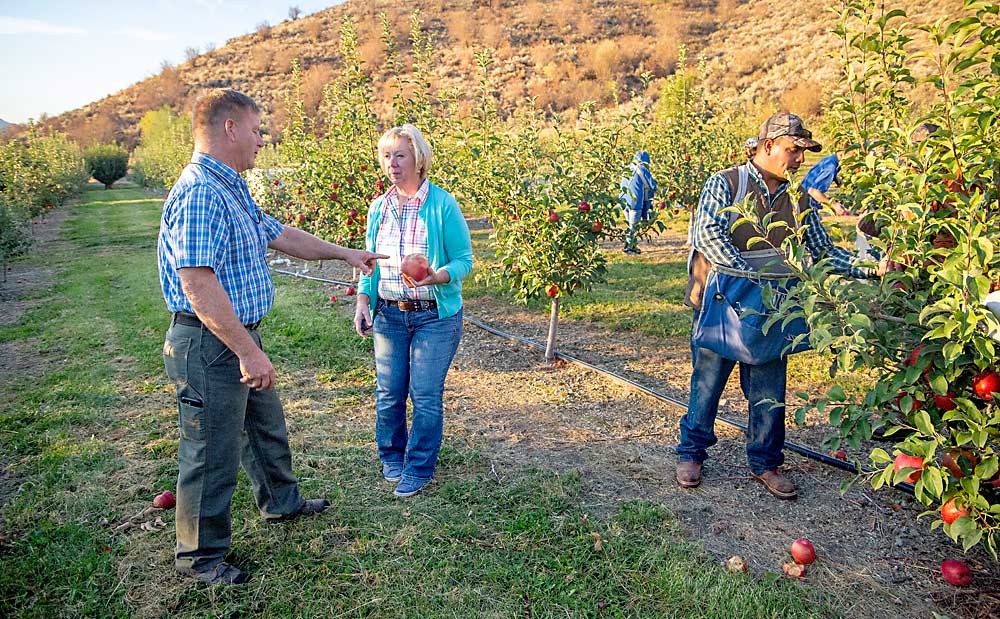
“I know it completely goes against what everybody is pushing,” she said. At least, that’s the conclusion her family draws in their situation.
Sawyer has the same opinion of the soil and slope as his father.
“To grow and do well with high-density systems, you have to have consistent soil type and you have to have flat land,” Sawyer said. “We have neither.”
The Werners have tried high-density before and didn’t like the results. Trees blew over or snapped at graft unions, Sawyer said. Meanwhile, equipment slipped on the steep hills that characterize the Okanogan River Valley.
“Spaced-out trees will carry me through my career as an orchardist,” he said.
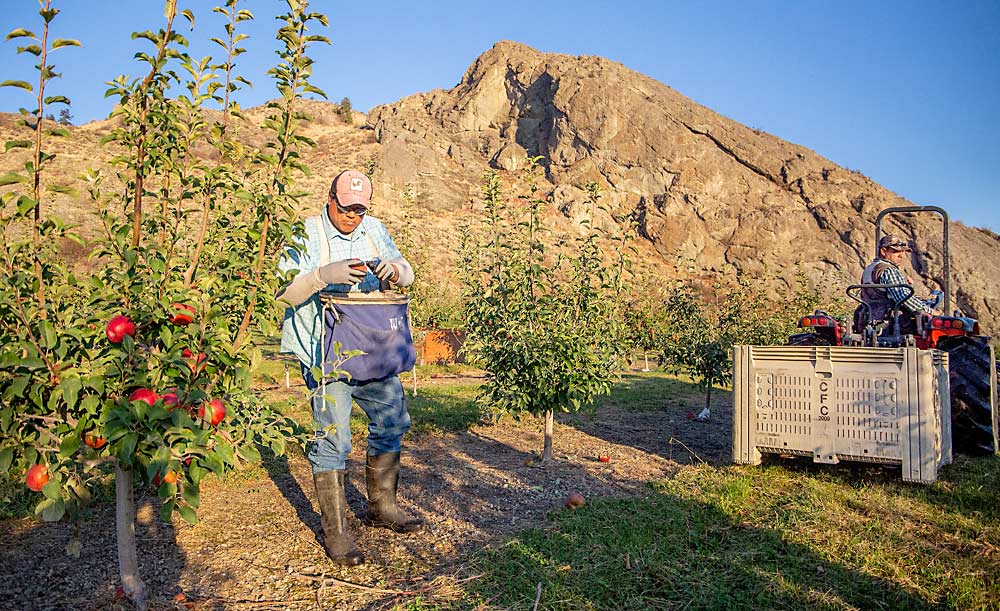
More than one way
Werner’s methods don’t just buck a trend, they contradict some of WSU’s assumptions about modern tree fruit production.
For most varieties, when publishing routine cost-of-establishment estimates, WSU agricultural economist Karina Gallardo assumes more than 1,000 trees per acre on vertical trellises and Bud.9 or Malling 9 dwarfing roots. Honeycrisp carries the assumption of 1,400 trees per acre.
Gallardo bases those assumptions on interviews with growers, but that doesn’t make them mandates, she said.
“My studies are just reference,” she said. “They represent realistic cost ranges considering the assumptions made in each study.”
There is no “right” way to farm, said Tianna DuPont, a WSU tree fruit extension specialist in Wenatchee.
Each choice has economic advantages and disadvantages, said DuPont, who has not visited the Werners’ orchard. Rootstocks must be matched with soil type, scion vigor and labor management goals. Narrow canopy systems allow more light penetration and therefore more uniform color and maturity.
“We don’t get paid in bins per acre; we get paid in packs per acre,” she said.
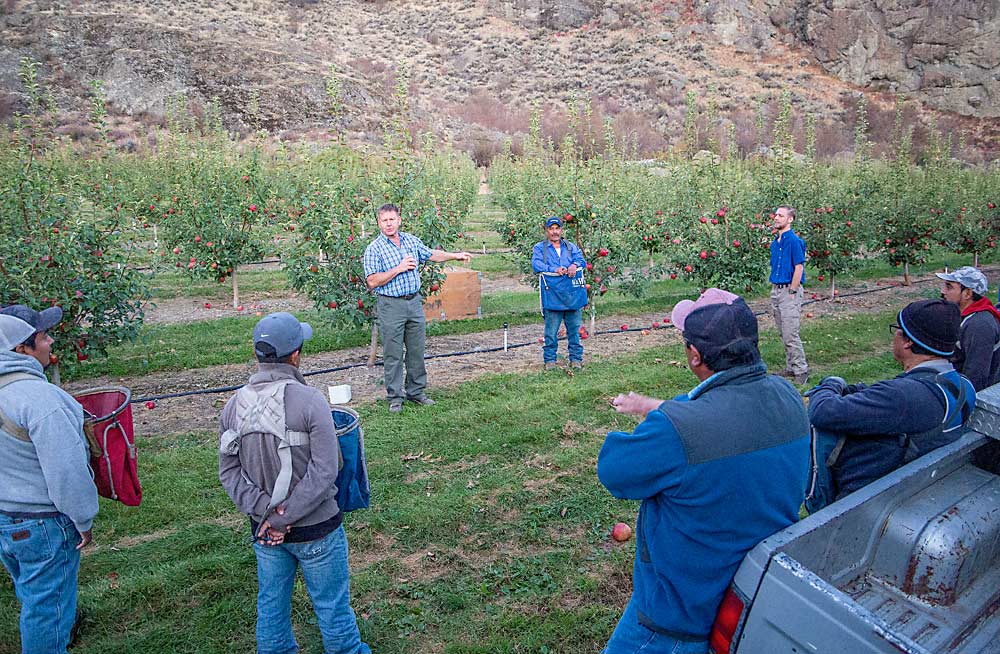
Labor management is another consideration, she said. Growers tell DuPont it’s harder to recruit workers to large, complex canopies, where they need an artist’s touch, compared to high-density orchards, where just a few rules apply. Safety matters, too. Ladder injuries are common.
“There is no single right decision when it comes to choosing a rootstock and training system, but it is critical to run the numbers for the system you are considering,” DuPont said.
Dave Taber, another Oroville grower, can vouch for the unpredictable soil in the area. He’s gone with high density, overcoming the soil challenges through variable fertilization, pruning and cropping, adjusting his practices row-by-row or even tree-by-tree. But he relates to the challenges the Werners cite: Driving in trellis posts is challenging and expensive.
“It gets sort of funky,” Taber said. “It undulates quite a bit and will change three times in 100 yards.”
Trade-offs
There is no set rubric for categorizing density, but the Werners’ 300 trees per acre would fall under either low density or medium density, depending on who you ask. High density usually runs near 1,000 trees per acre.
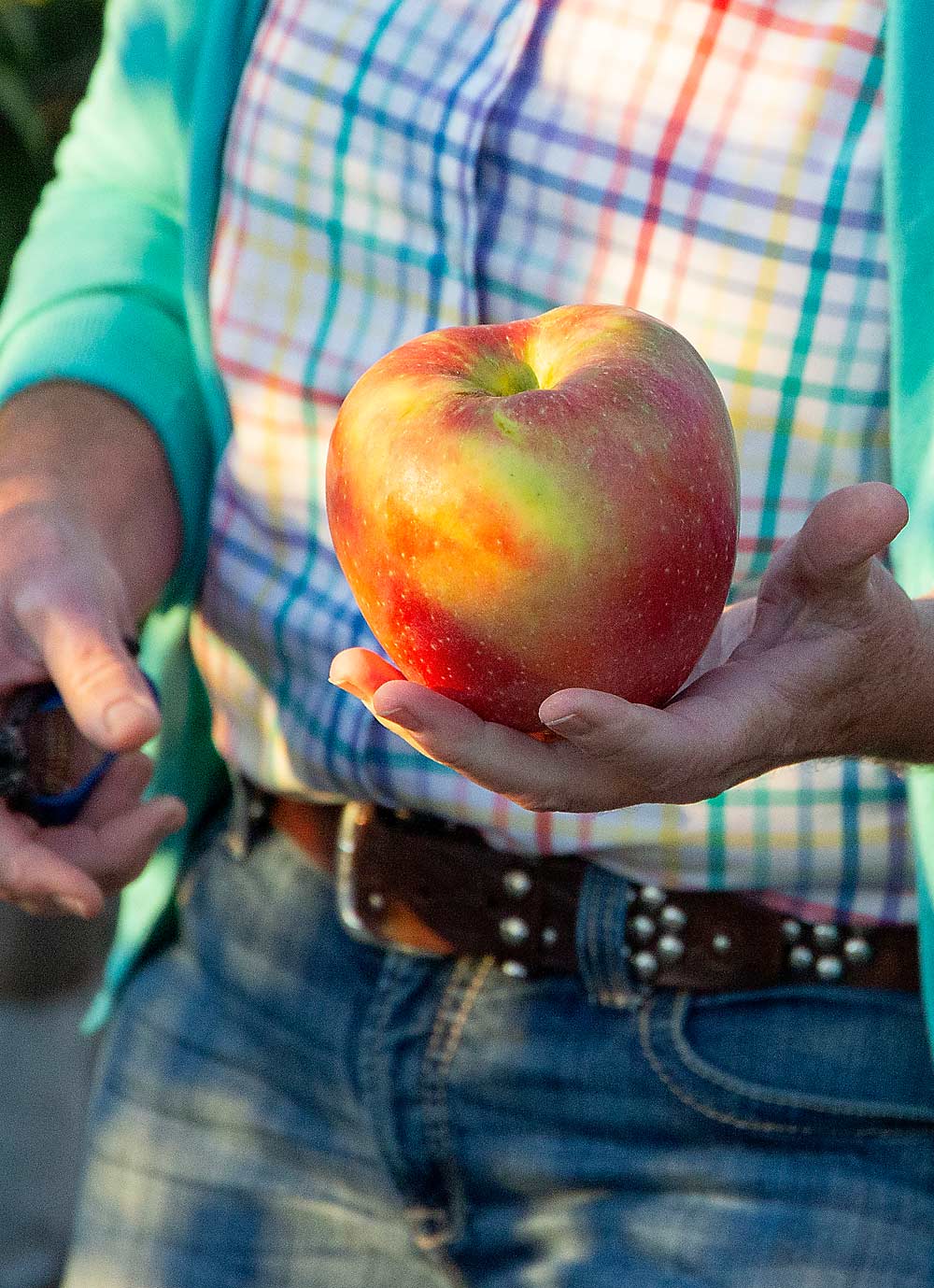
The Werners said their spacious choices pencil out because they have invested less up front. Richard knows growers who have spent $65,000 per acre to start a trellised block, while he spends more like $10,000. If something bad happens, such as a freeze or disease, they have less risk. They also keep margins higher with their approach, Richard said, while vertically integrated production companies may be able to profit with a lower margin.
They admit there are trade-offs. Their new trees take two or three years longer to reach full production, compared to their high-density neighbors. And sometimes their freestanding canopies grow too full, resulting in variable fruit maturity and color. In fact, that happened recently to a Fuji block, and they corrected it.
“We got the chainsaws out this year,” Richard said.
The family is not opposed to change, overall.
They planted SugarBees “to stay relevant,” Richard said, even though they have never been a fan of the club model. They stem-clip the apples because their warehouse, Chelan Fruit, requested it. Richard begins each picking day instructing his workers in the technique and teaching them to pluck fruit straight off the branches to avoid puncture wounds from nearby spurs, a tendency of the variety. He also implores his pickers to move slowly about their work — and even to empty their pockets to avoid bruising.
They’ve been adjusting and changing for decades.
Jill manages the farm finances, and Richard has farmed full time since 1990, when he retired from teaching. During that time, the family has changed the business from all apples with a weeks-long harvest window to a 200-acre diversified fruit production company with apples, cherries and pears and a harvest that stretches over months.
For them, the methods have worked.
“We’ve been pretty successful,” Richard said.
—by Ross Courtney

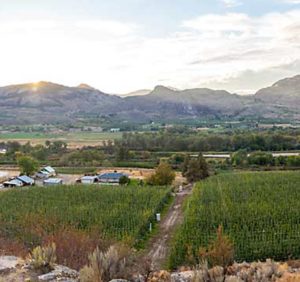





Leave A Comment